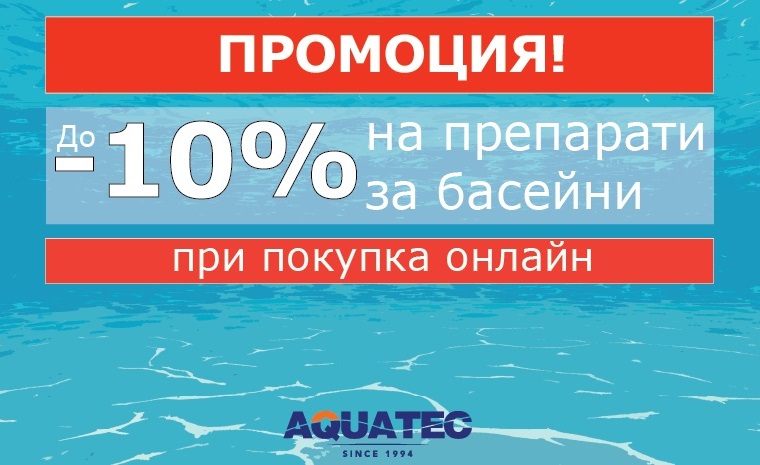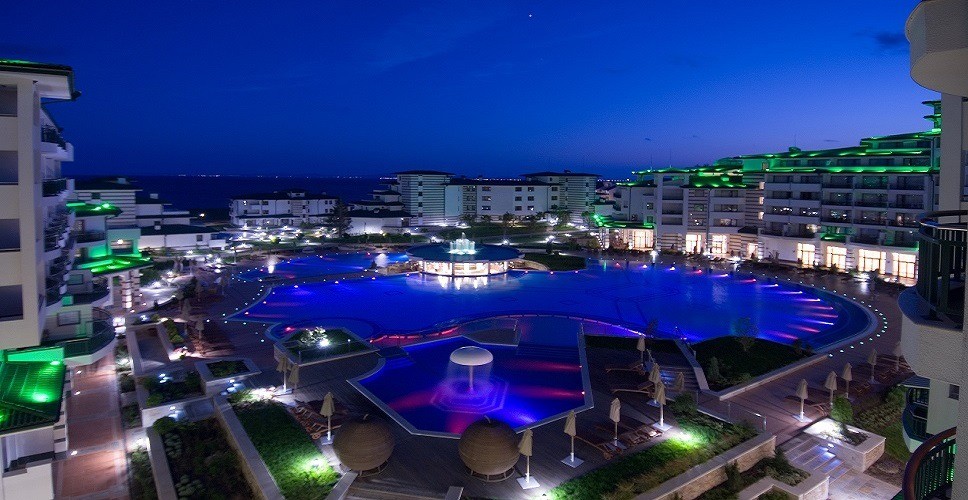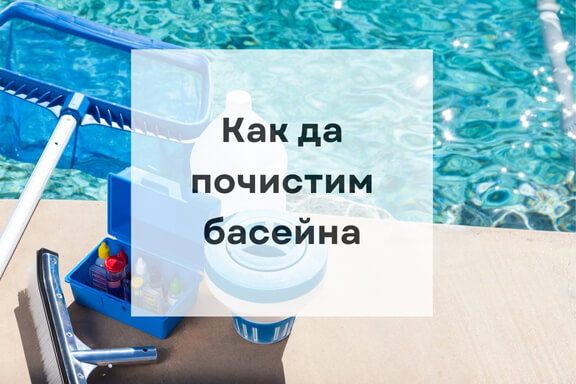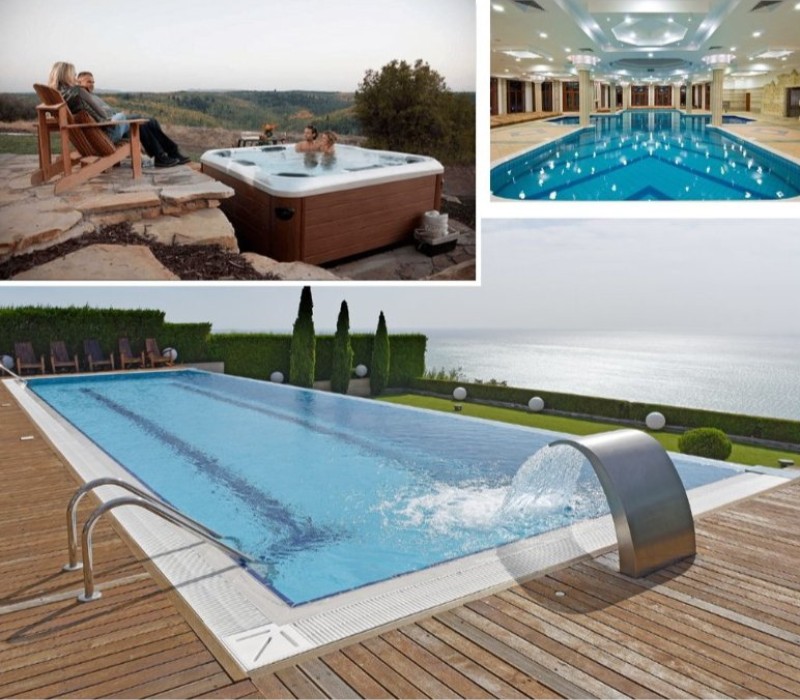Maintaining the correct pH level of the pool water is important to ensure a clean, safe and pleasant bathing environment. But this is not the only reason for regulating the acid-base balance of the water.
In this article we will explore what pH is for swimming pools, why it is important to keep it at optimum values and how we can regulate the acid-base balance. We will also look at common problems associated with incorrect pH levels, and how to solve them.
What is the pH of water?
pH is a scale for measuring the acidity or alkalinity of water. This measure is used to determine the concentration of free hydrogen ions in water. The pH is measured on a scale from 0 to 14. Water with a pH of 7 is considered 'neutral' as it is neither acidic nor alkaline. Anything with a pH below 7 is acidic and anything above 7 is alkaline.
What is the normal pH of pool water?
In practice, the optimum pH for swimming pool water is between 7.0 - 7.4. This is because water in this range is comfortable for bathing and is less likely to cause irritation to the skin and eyes of bathers.
The lower the pH level, the more acidic the pool water. Excessive acidity over long periods of time leads to corrosion of metal parts in the pool: handrails, ladders, etc. On the other hand, at high pH levels the water becomes alkaline, which forms the perfect environment for the growth of micro-organisms and algae.
There are other negative consequences of incorrect pH levels.
Why is the optimal acid-base balance of the pool water important?
The normal pH of the pool water brings several positives. Accordingly, deviations from the norm result in proportional negatives. Therefore, the pH for swimming pools should be kept within the norm:
- Improves water quality - Proper pool pH ensures that the water is clean and clear, while reducing the likelihood of algae growth and bacteria growth.
- Comfort when bathing - water with a properly balanced pH provides a more comfortable and pleasant bathing experience, reducing the risk of skin, eye or respiratory irritation.
- Longevity of the pool equipment - incorrect pH levels can lead to corrosion of pool equipment (pumps, filters, ladders, handrails and pipes). Maintaining optimum pH helps to extend the life of this equipment.
- Effectiveness of pool chemistry - pool water treatment chemicals, such as chlorine, are more effective at properly balanced pH levels. This means that less chemistry is used to achieve the desired levels of disinfection, reducing pool maintenance costs.
How to measure the pH of the pool water
To ensure the proper functioning of the pool and the comfort of bathers, it is necessary to measure the pH level regularly, preferably at least once a week.
Special pH meters are used to measure the pH in the pool pH test strips for waterwhich are mashed in the water and change colour depending on the pH level. After a short time, the colour is compared to a scale on the tester pack or stick which indicates the current pH level.
During the measurement, it is important to sample different areas of the pool as pH levels can vary depending on the location of the water and the weather. Once you have measured the pH, you can adjust the chemical levels in the pool to maintain optimal values for bathing.
How to adjust the pH of the pool water
Once you have measured the pH levels in your pool and found them to be outside the optimal range of 7.0 - 7.4, you should adjust the pH to bring it back into the correct range.
Adjustment of water with high pH
If the pool water is too alkaline and shows pH values above 7.4, use pH minus acidity correctorto adjust the level back to normal.
Adjustment of low pH water
For acidic pool water with pH levels below 7.0, you should use pH plus acidity correctorto balance to the norm.
Follow the directions on the product packaging and add the required amount of pH-plus or pH-minus to the pool. Distribute the corrector evenly in the water and wait a few hours before measuring the pH levels again to make sure they are in the correct range. Repeat the adjustment process as necessary until the desired pH values are achieved.
Repeat the pH adjustment process every few days or weeks to ensure consistently optimal pH levels in your pool.











